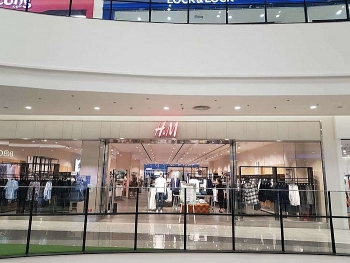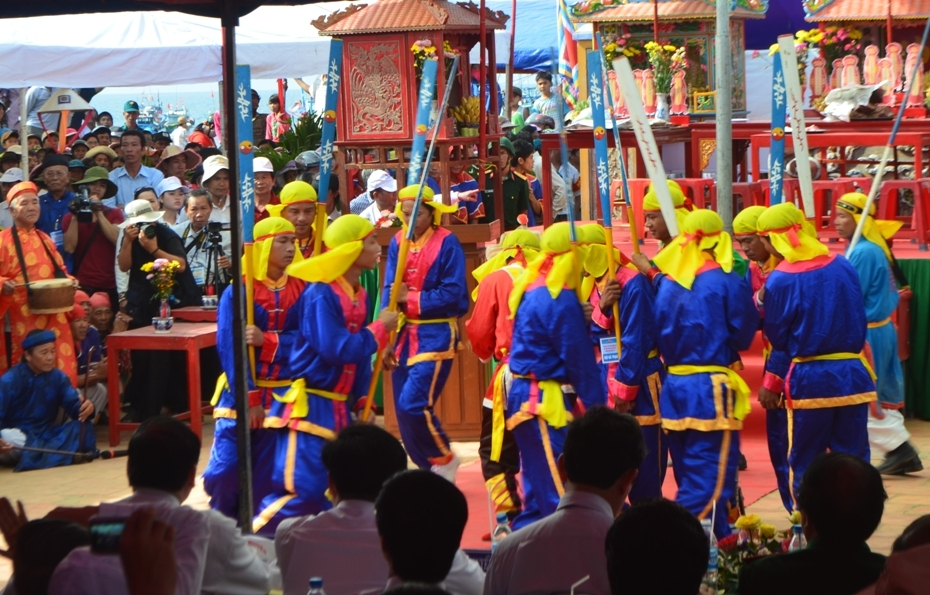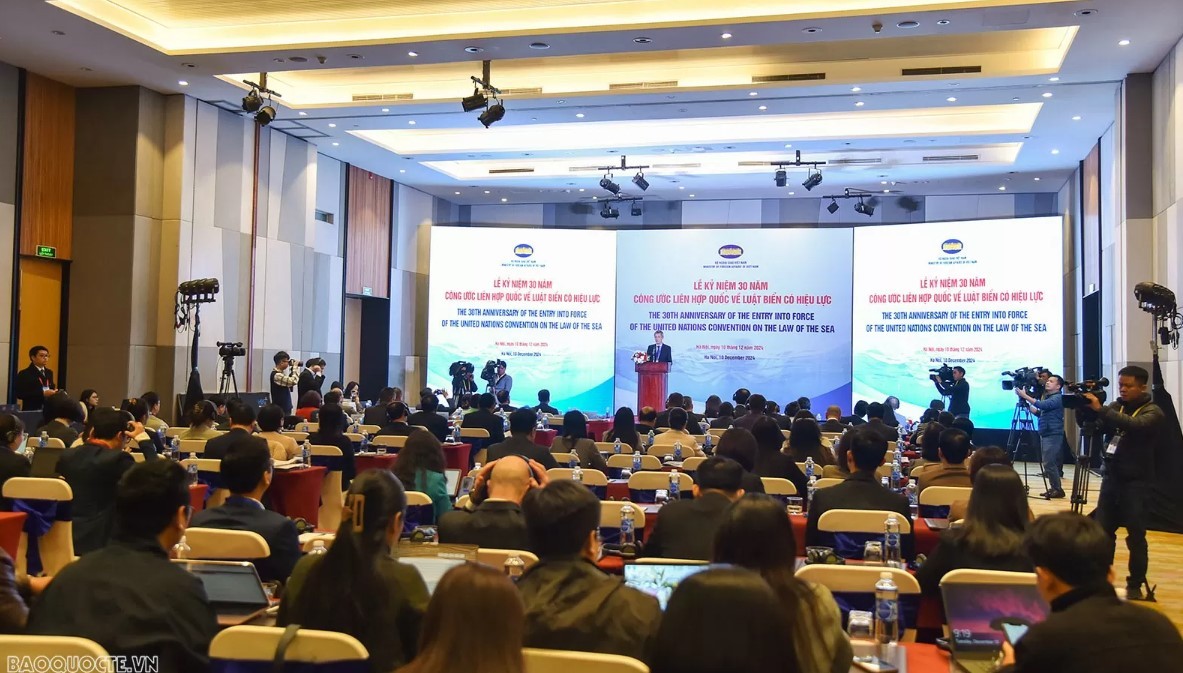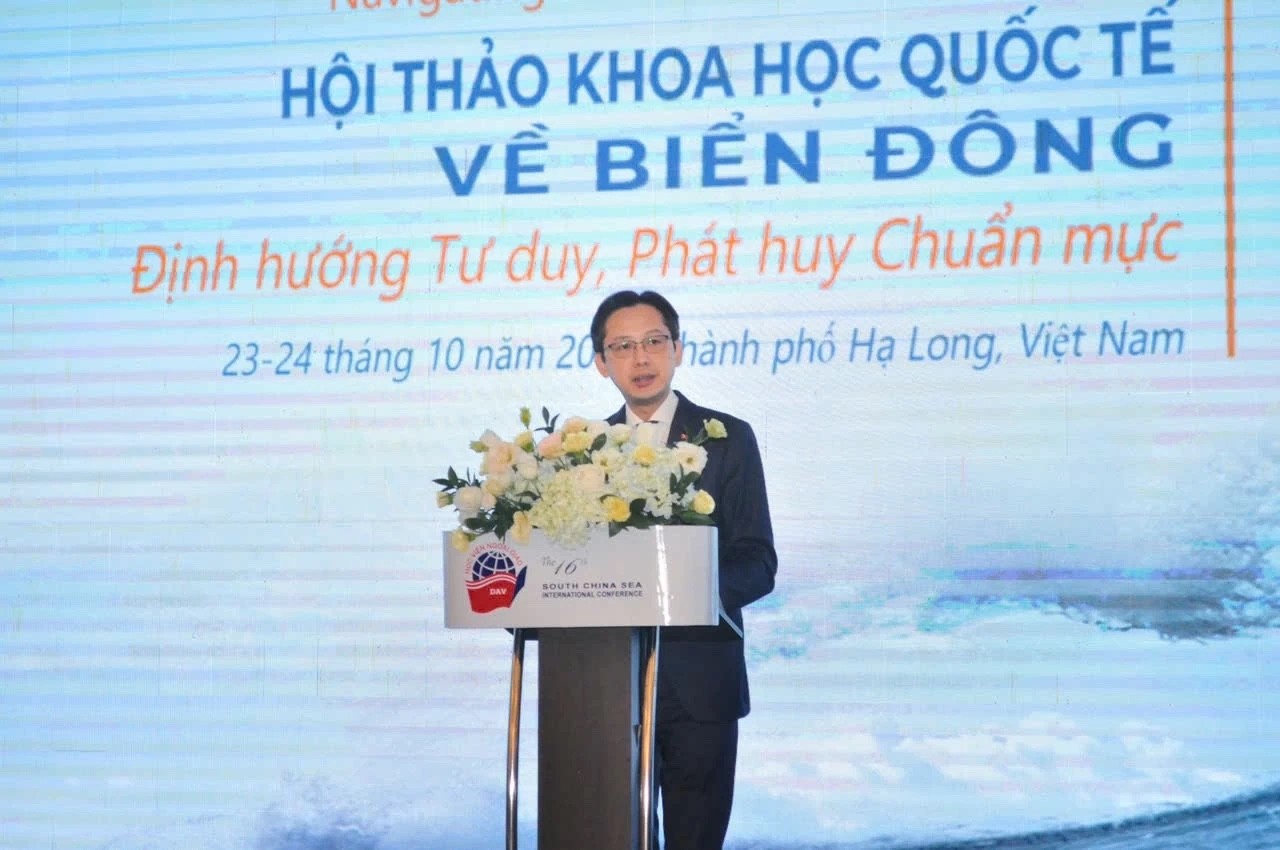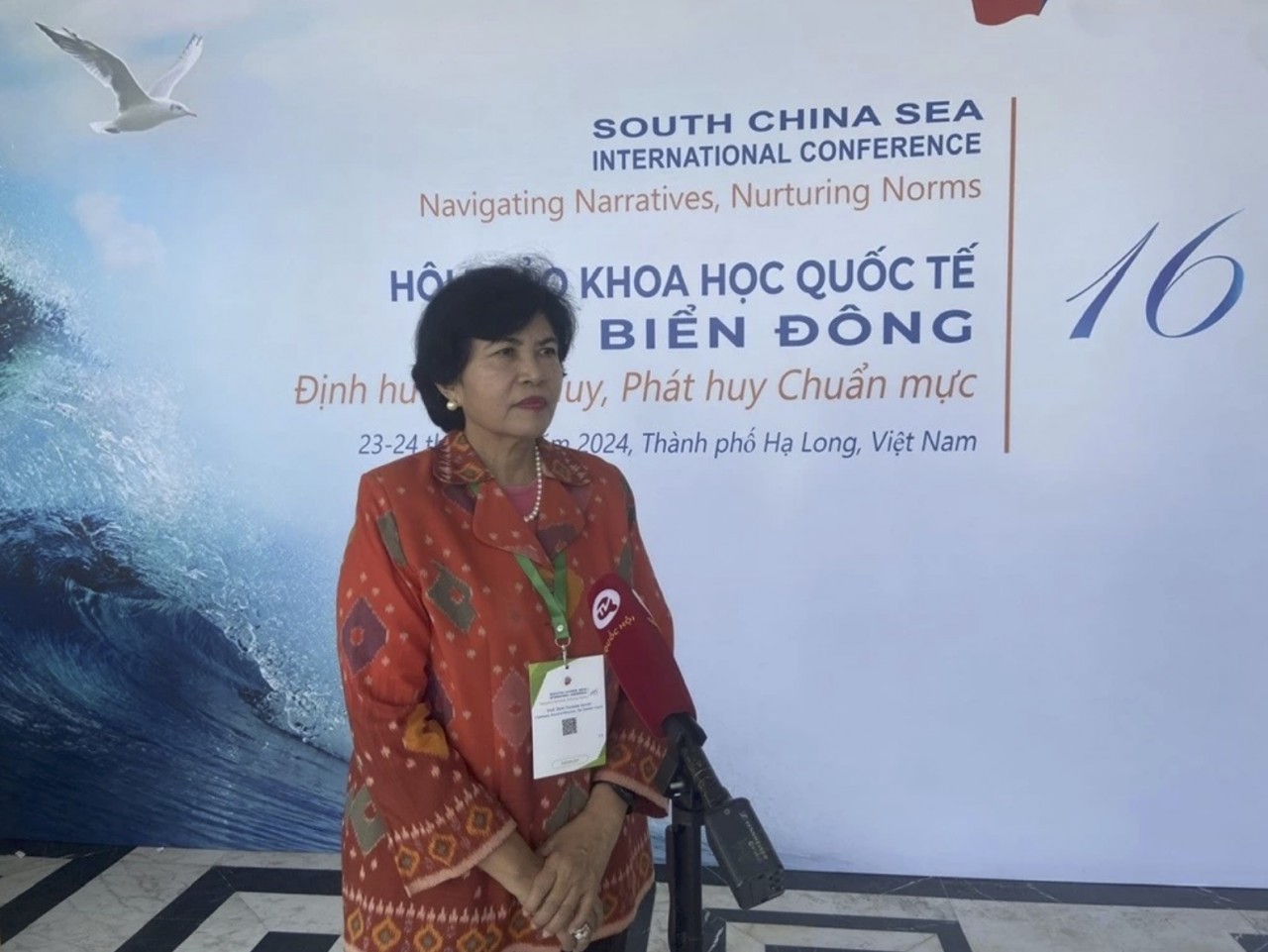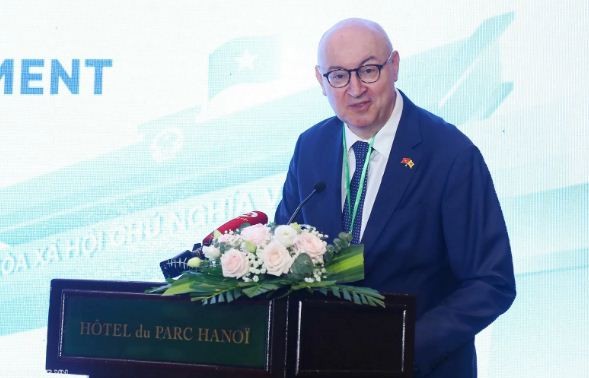China tests Biden with Bien Dong Sea tactic
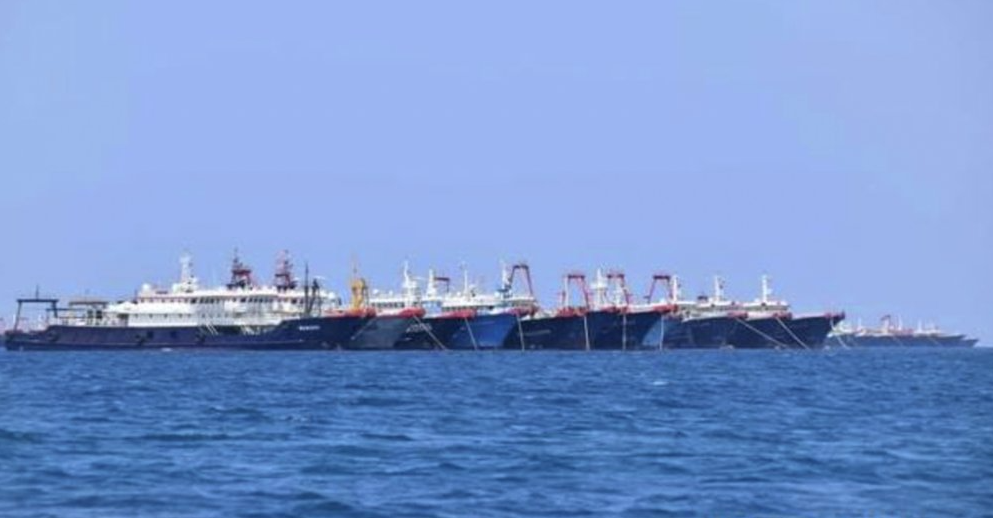 |
| Some of the 220 Chinese vessels are seen moored at Whitsun Reef, South China Sea. (Photo: AP) |
The vessels - initially numbering in the hundreds - were simply “taking shelter from the wind” and the Philippines should view the situation in a “rational light,” Chinese Foreign Ministry spokeswoman Hua Chunying said on March 22 when the news first broke. Two weeks later, more than 40 boats are still at Whitsun Reef and the statements are getting terser and terser.
All in all, it’s beginning to look more and more like Beijing is probing whether President Joe Biden will take any action after pledging to work with allies in the region to deter Chinese assertiveness. Philippine Foreign Affairs Secretary Teodoro Locsin has blamed the Obama administration for failing to stop China during a similar incident in 2012 at the Scarborough Shoal, a precursor to President Xi Jinping’s move to build military installations throughout the South China Sea, Bloomberg cited.
“It is a test to see what the administration is willing to do,” said Schuster, who is now an adjunct faculty member of Hawaii Pacific University’s diplomacy and military science program. “How the U.S. reacts will determine the next test. Right now, everything we have done is more rhetorical than substantive.”
 |
| A satellite image over Whitsun Reef on March 23. (Photo: Maxar) |
A test to US's response
The United States said last month that it’s backing the Philippines in a new standoff with Beijing in the disputed South China Sea, where Manila has asked a Chinese fishing flotilla to leave a reef. “We stand with the Philippines, our oldest treaty ally in Asia,” the U.S. Embassy in Manila said in a statement. The U.S. Embassy said it shared the concerns of the Philippines and accused China of using “maritime militia to intimidate, provoke, and threaten other nations, which undermines peace and security in the region,” AP News quoted.
One big problem is how to calibrate the response. China’s use of commercial fishing boats amounts to a “gray zone” tactic that allows Beijing to deny anything is amiss. Sending an aircraft carrier or other warships near the reef risks appearing like an overreaction that would make the U.S. look like the aggressor.
On the other hand, doing nothing could look weak. Over the past few years, the U.S. has stepped up challenges to Chinese sovereignty in the waters. The Biden administration has reaffirmed that the U.S.-Philippine defense treaty covers any attacks in the South China Sea, a clarification made under President Donald Trump that came after decades of official ambiguity. Yet a major complication for Biden is Philippine leader Rodrigo Duterte, who has undermined the alliance while hailing closer ties with Beijing.
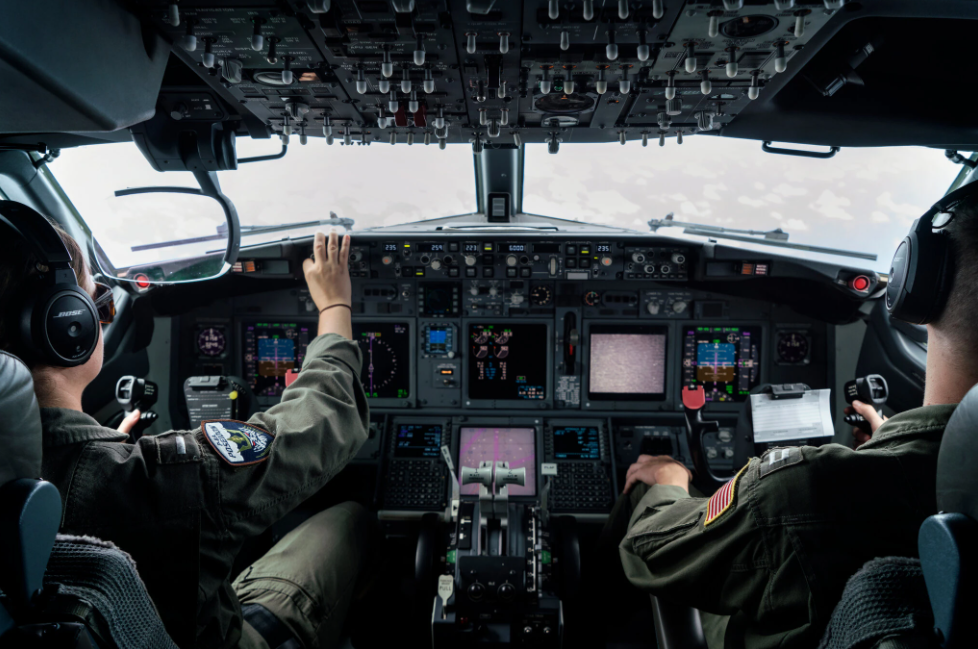 |
| Aboard a U.S. Navy reconnaissance plane in 2018 as it observed the buildup of islands by China in the South China Sea. (Photo: NYT) |
Tensions keep rising
The Philippine statement on Monday used some of the strongest languages yet, saying a 2016 international arbitration award made clear China has no historic rights to fish in the area, which falls within the Southeast Asian country’s exclusive economic zone. Duterte’s government was reacting to an April 3 statement by China saying it hoped Philippine officials would “avoid any unprofessional remarks which may further fan irrational emotions.”
On Tuesday, Chinese Foreign Ministry spokesman Zhao Lijian accused the Philippines of violating the United Nations charter, the Law of the Sea, and international law by citing the 2016 ruling by an UN-backed court, which China has rejected. The Philippines should view the situation “in an objective and correct way, stop hyping up the issue so as to avoid any negative impact on our bilateral relations, stability and peace in the South China Sea,” Zhao said while denying the boats constitute a maritime militia.
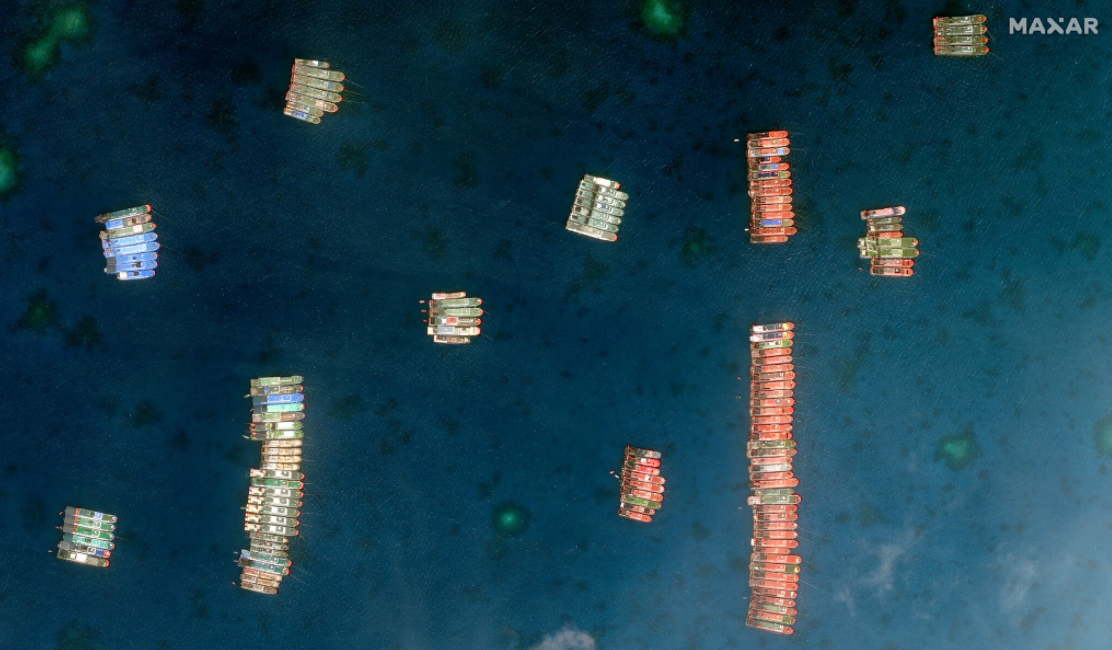 |
| A satellite photo of Whitsun Reef on March 23. At one point in March, 220 Chinese ships were reported to be anchored around the reef. (Photo: Maxar) |
"China factor" stands in the way
Duterte broke his weekslong silence on the standoff with a statement on Tuesday saying the situation would be resolved through “peaceful means” and wouldn’t “define our bilateral relations," Japan Times reported.
Access to vaccines has become a key concern for Duterte: Metro Manila was locked down again last week amid the nation’s worst coronavirus surge and the Philippines currently sources most of its supply from China’s Sinovac Biotech Ltd. Duterte attended a March 29 ceremony in which Chinese Ambassador Huang Zilian said the vaccines were a testament of a “closer partnership in the new era.”
“The Americans are wary of wading into this and not knowing if they’ll end up being blamed for escalating the situation, which is a real possibility with the capricious leadership in Manila,” said Shahriman Lockman, a senior analyst at the Institute of Strategic and International Studies in Malaysia. “A perfunctory response - that’s all that’s available to the Philippines.”
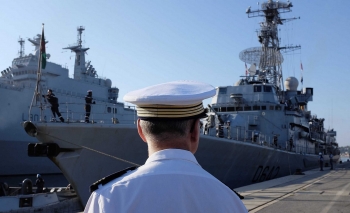 | US, Japan, France, India and Australia begin joint naval exercises, sending message to China France and the Quadrilateral Security Dialogue nations (Quad)—US, Japan, India and Australia—will today begin three days of joint naval exercises in the South China Sea ... |
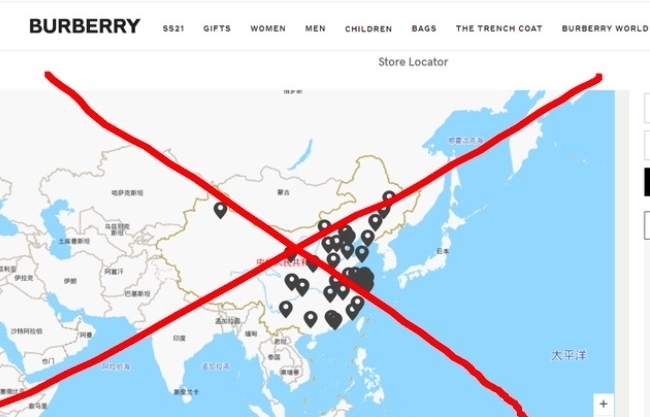 | World's big fashion brands raise controversy after posting South China Sea map with illegal nine-dash line Following H&M, a chain of world's big fashion brands such as Gucci, Chanel, Louis Vuitton, YSL, Uniqlo, Zara,.. also posted the map showing China's illegal ... |
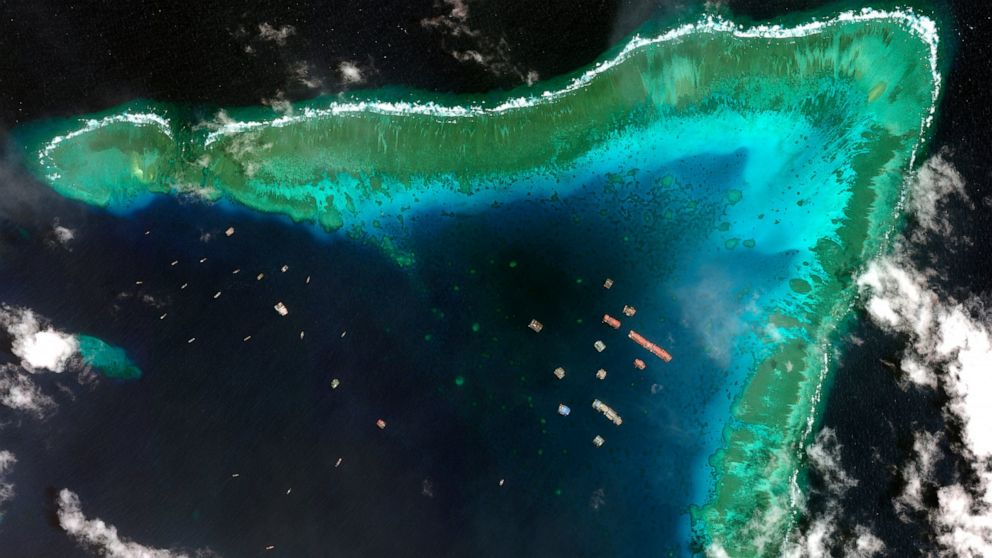 | Philippine defence chief: China intends to occupy more areas in South China Sea Defence Secretary of the Philippines Delfin Lorenzana on April 4 accused China of planning to occupy more "features" in the South China Sea (called Bien ... |
Recommended
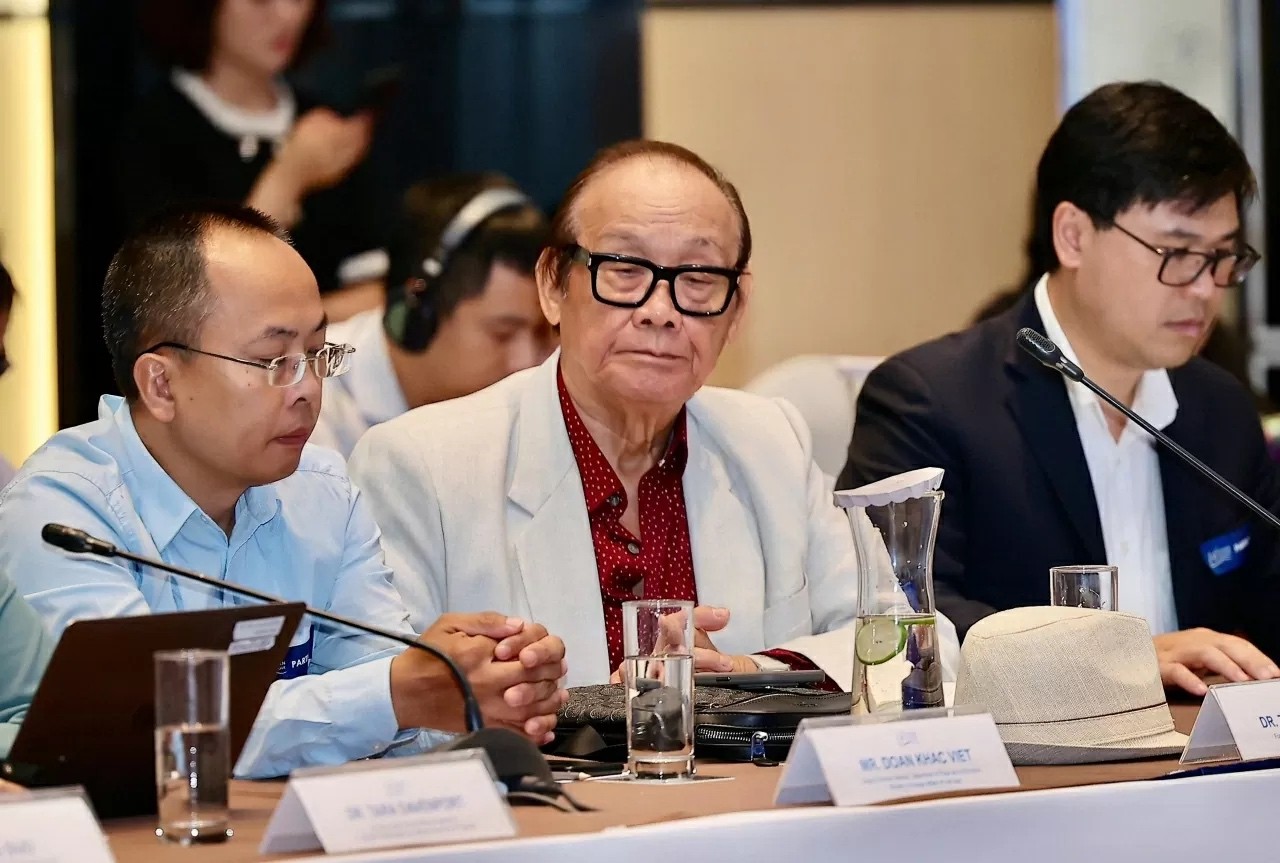 Seas and islands
Seas and islands
Vietnam Endorses Common Voice on Ocean Jurisdiction
 Seas and islands
Seas and islands
Dialogue as Key to Settling Disputes and Advancing Law of the Sea
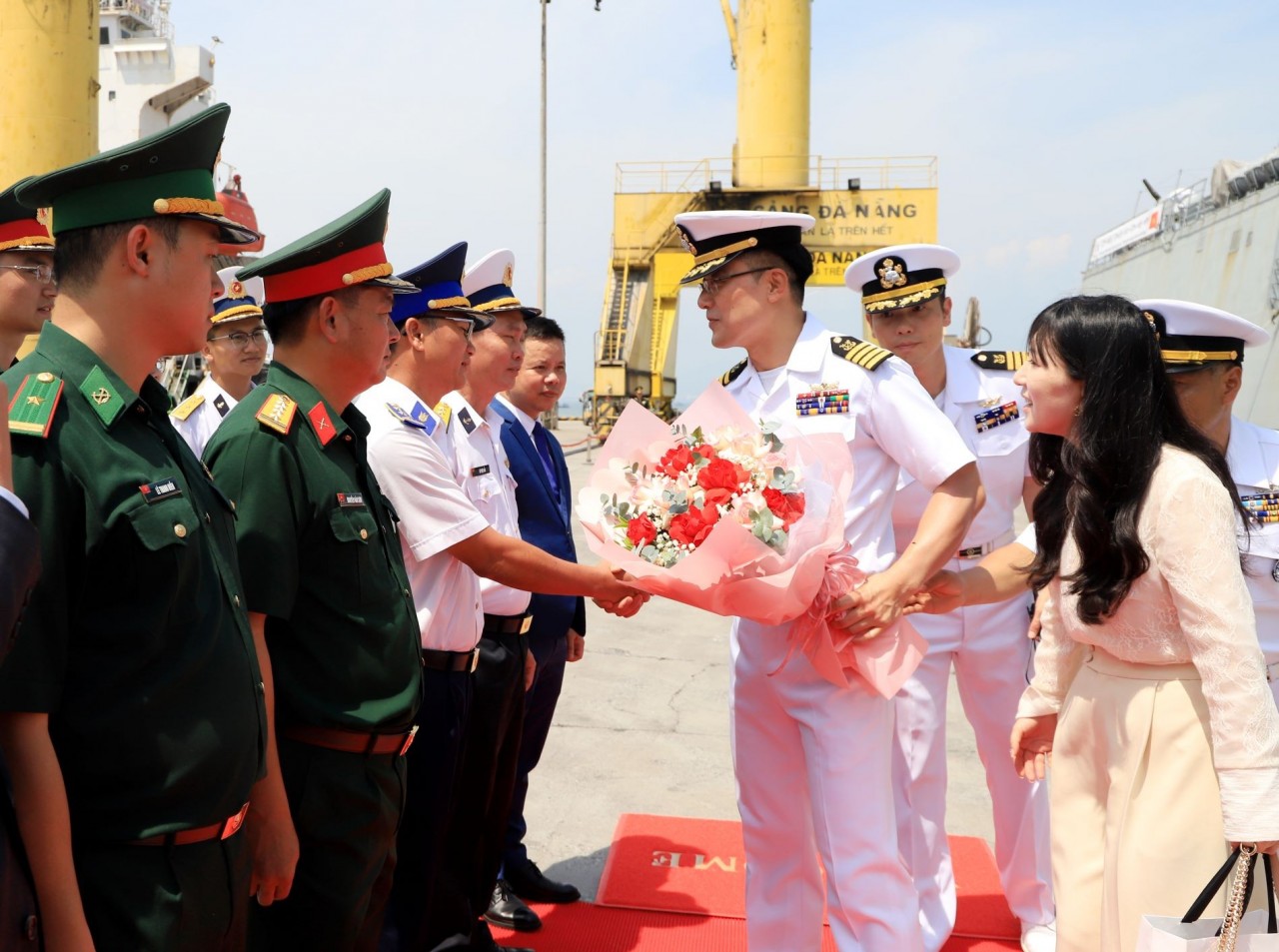 Seas and islands
Seas and islands
RoK Navy Ship Pays Friendly Visit to Da Nang City
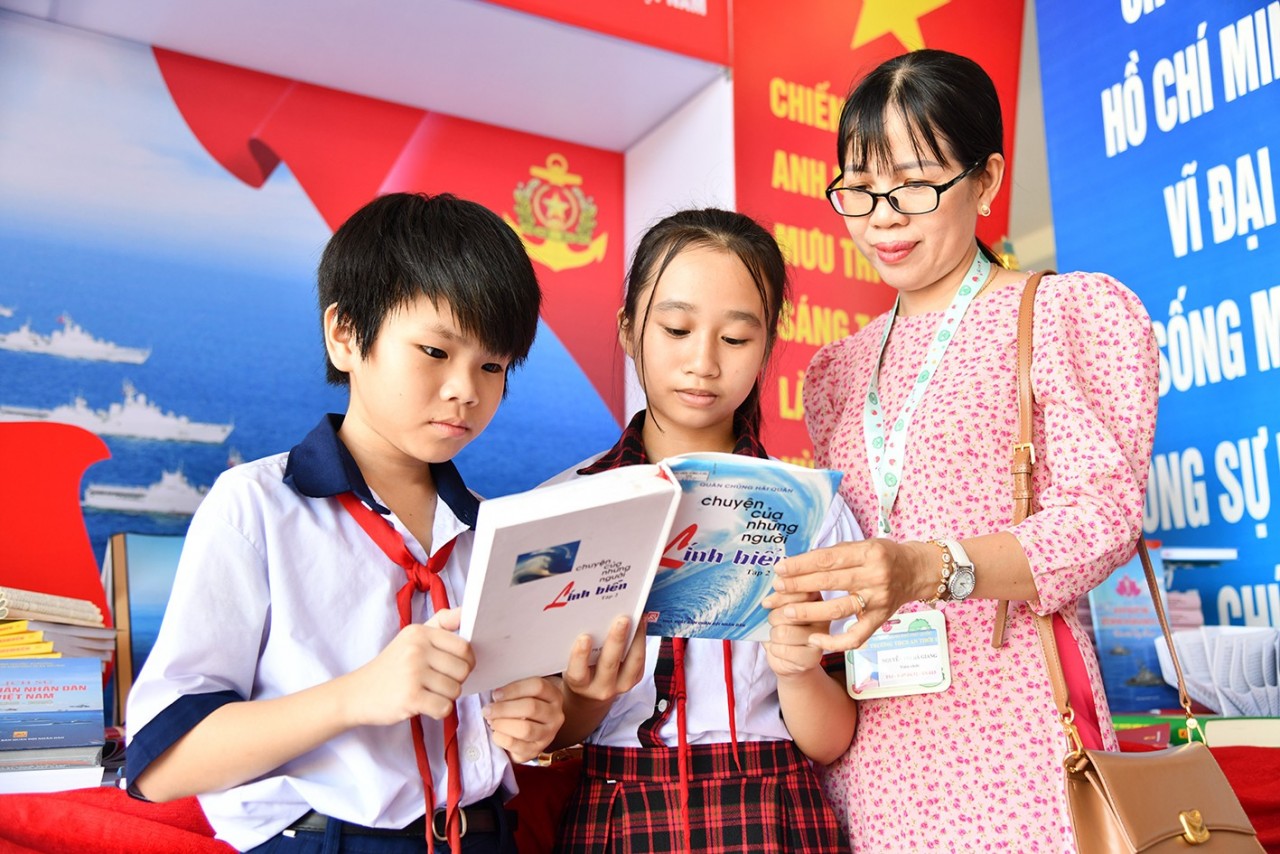 Seas and islands
Seas and islands
Naval Region 5 Promotes Reading Culture, Fosters Patriotism
Popular article
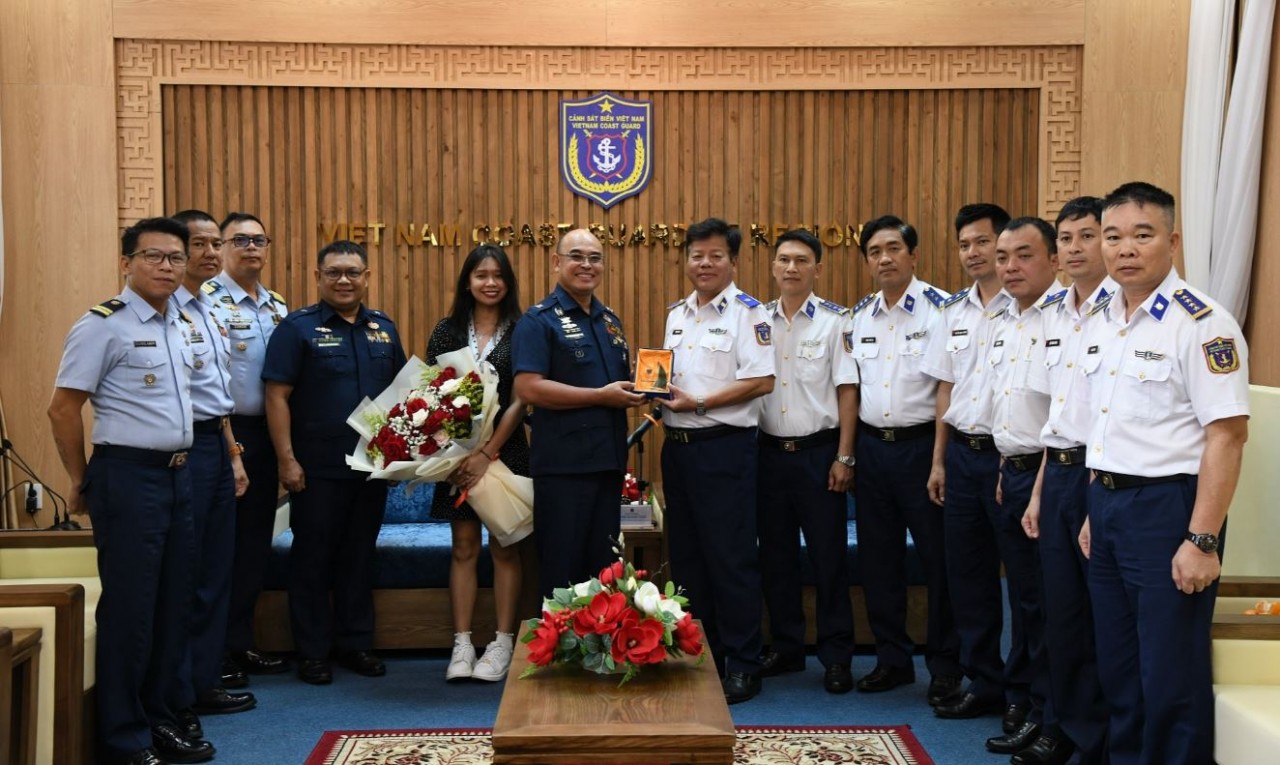 Seas and islands
Seas and islands
Coast Guard Region 2 Command Hosts Philippine Coast Counterpart
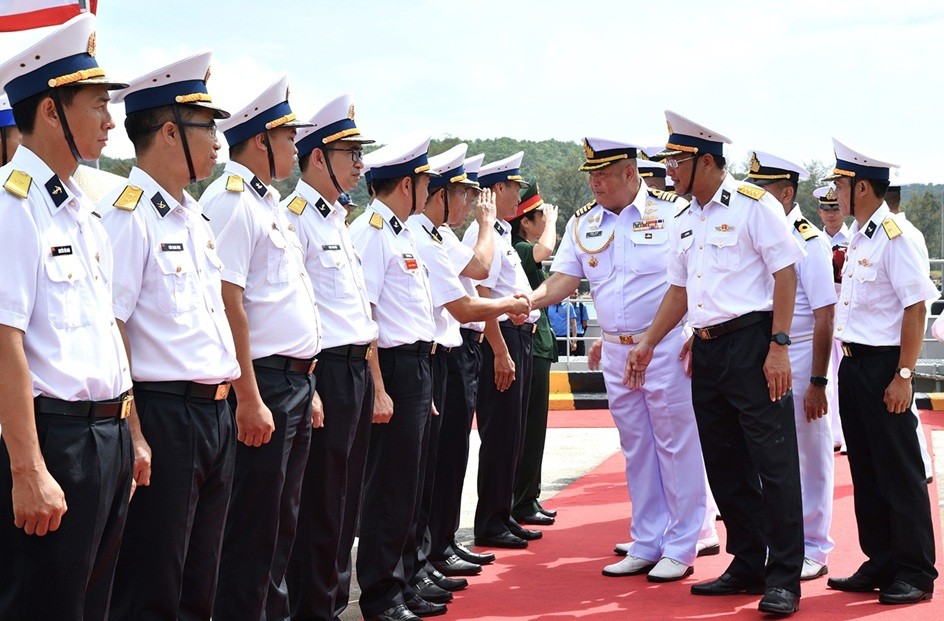 Seas and islands
Seas and islands
Vietnam - Thailand Navy: Coordination to Well Address Problems at Sea
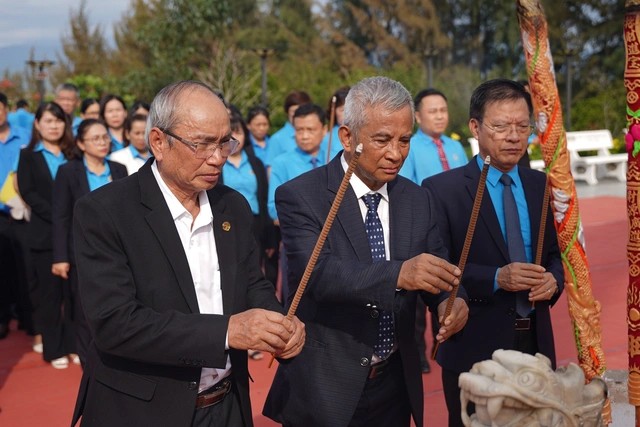 Seas and islands
Seas and islands
Honoring the Fallen: Incense Offering for the 37th Anniversary of Gac Ma
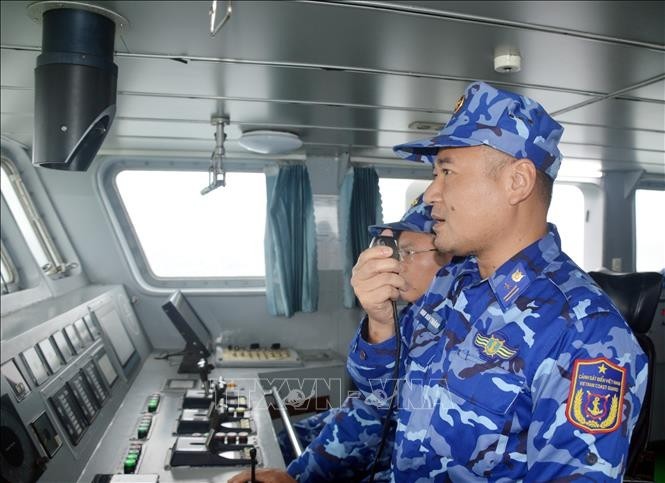 Seas and islands
Seas and islands

